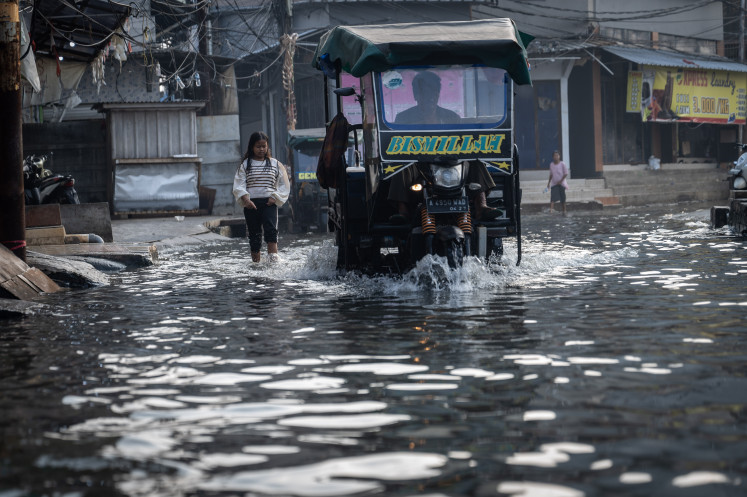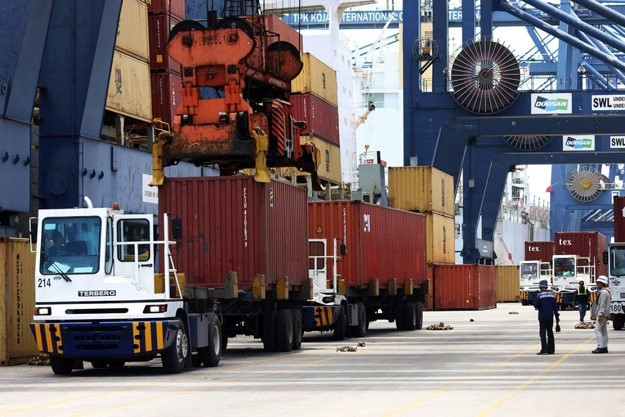Popular Reads
Top Results
Can't find what you're looking for?
View all search resultsPopular Reads
Top Results
Can't find what you're looking for?
View all search resultsYour letters: Flood plains are for floods
Every month or so, television screens are filled with images of desperate people somewhere in the world battling floods
Change text size
Gift Premium Articles
to Anyone

E
very month or so, television screens are filled with images of desperate people somewhere in the world battling floods.
Floodwater has been reshaping the Earth for billions of years. And some past floods were far larger than modern-day floods, evidenced by the width of many flood plains; seldom are they completely flooded today.
The majority of cities and a number of country homes were built on these flood plains, and with good reason: They were closer to water sources, and so enjoyed fertile soil and good groundwater.
The land was flat, making it easier to build on, and there were nearby fishing holes and shady trees, and the land was periodically refertilized with silty topsoil. Sensibly, many early settlers built their homes on stilts.
Nowadays, we hear alarmist stories about the soaring costs of flooding. That is not necessarily because the floods are bigger ' it is just that more people are building more costly homes and infrastructure on flood plains near the mouth of scenic rivers.
Those who choose to live on flood plains must accept the potential costs that go with it ' occasional flooding and expensive flood insurance.
But a nice home on flood-prone land will usually cost less than a similar home on a hill with a view.
Long-term flooding problems are increased when the government steps in and 'helps' those who buy or build homes on flood-prone land with repair subsidies, public works or insurance caps.
This allows risk-takers to escape the real cost of their decisions. Then, more people build on flood plains.
Flood diversions and levees may not help. Too often, they just shift floodwater from one piece of land to another. Commonly, they also increase water speed, thus increasing the flood's erosive power.
Governments must ensure that essential infrastructure is relatively flood-proof ' roads, railways, airports and electricity grids need to remain operational during most floods. And strategically placed dams will help moderate the extremes of both flooding and droughts.
Flood plains are for floods. Those who choose to live on them must expect to get flooded.
Viv Forbes
Rosewood, Australia









